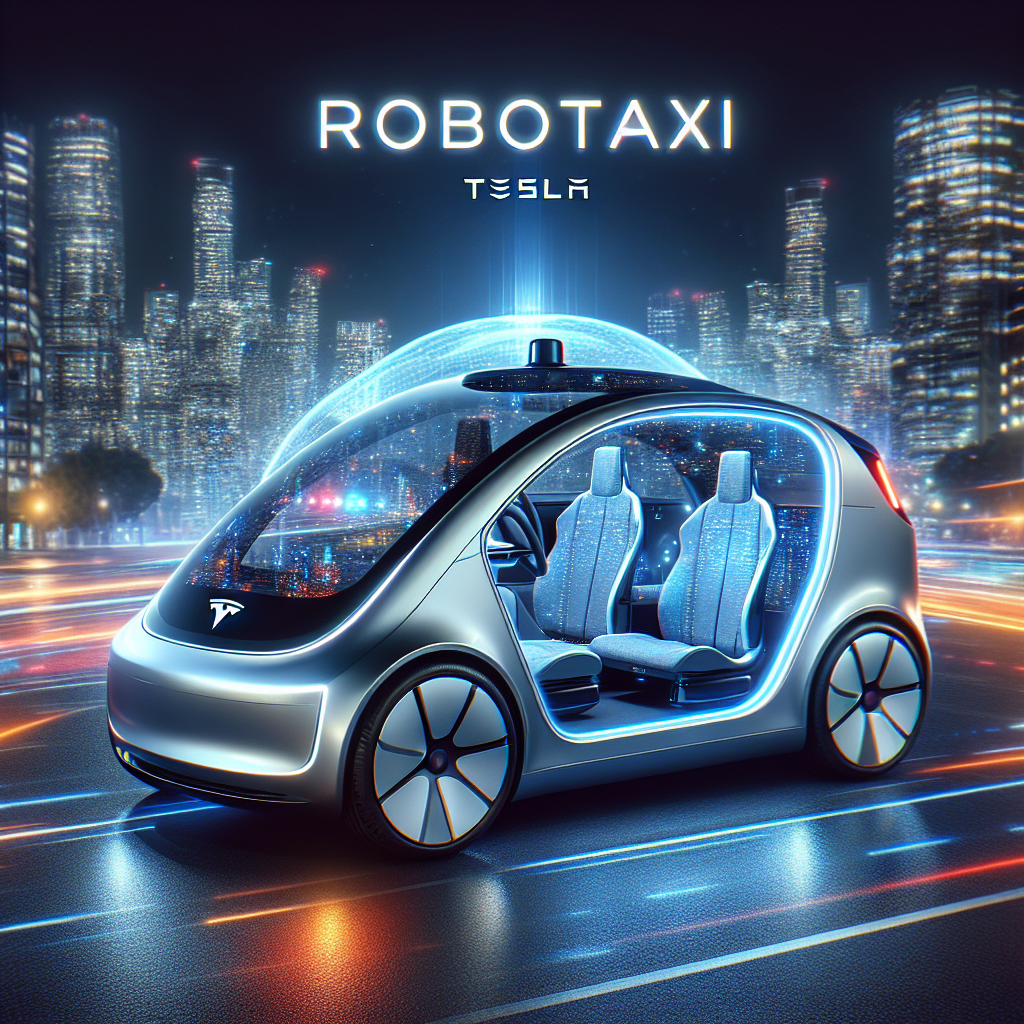Tesla's Austin Robotaxi Launch: A New Era in Self-Driving Technology
Tesla's launch of self-driving taxis in Austin marks a significant milestone. The trial, involving 10 vehicles, faces regulatory and technical challenges. While it signifies progress, full-scale commercial deployment may take years. New Texas laws aim to regulate autonomous vehicles, requiring permits and safety assurances for operations on public streets.

Tesla has marked a pivotal moment in automotive innovation by launching its self-driving taxi service in Austin, Texas. CEO Elon Musk announced the debut on Sunday, highlighting it as the culmination of a decade of rigorous efforts by the company.
The pilot involves about 10 vehicles operating under strict supervision, with passengers riding for a flat fee of $4.20. While this move underscores a significant technological advancement, experts caution that widespread adoption of robotaxis may still be years away, as Tesla faces significant regulatory and technological hurdles. Notably, Tesla relies solely on cameras for navigation, unlike competitors using multiple technologies.
As the service commences, new legislation in Texas mandates operators to secure a permit before deploying autonomous vehicles on public roads. This legislative framework aims to ensure safety without stifling innovation, marking a cautious but critical step forward for the industry.
(With inputs from agencies.)










